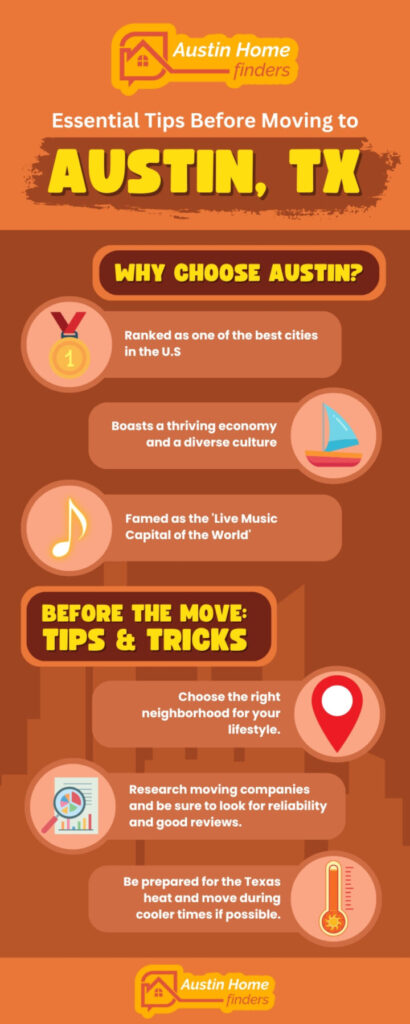If you plan to move to Austin, TX, then you are not alone! This beautiful city has been ranked as one of the best in the United States for many reasons. Austin’s culture is diverse and lively, and its thriving economy allows locals to enjoy a high quality of life.
But before packing your bags and relocating to Austin, TX, it is important to learn tips to help you through this process to avoid any unnecessary conflicts and stress.
This moving guide covers everything from picking the proper materials to read to learning more about the city’s features, choosing the right neighborhood, and finding a dependable moving company in Austin!
Understanding Austin’s Unique Culture
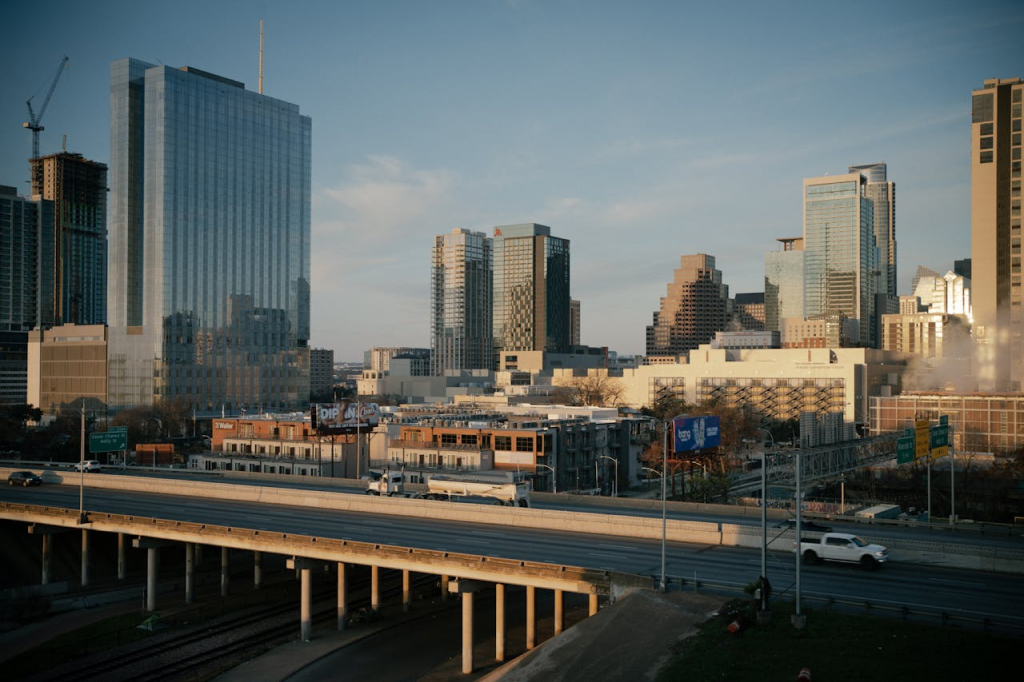
Austin may be simply the capital city of Texas, but it has emerged as the state’s creative center. This city that prides itself on the slogan “Keep Austin Weird” hosts annual music festivals, local art, and some of the best barbecues and tacos in the United States of America.
The city is one of the most sought-after relocation destinations primarily due to its perfect balance of tech prowess and welcoming vibe. Austin has a massive population of tech companies and startups, so many professionals from all over the globe visit.
Nonetheless, it has become more modern and has a very small-town view of the world, especially its love for nature and local businesses.
There is more good news for music lovers, especially considering that Austin relishes the nickname ‘the Live Music Capital of the World.’ The Austin music scene doesn’t sleep, with events as massive as the SXSW and Austin City Limits music festivals, endless live sets at bars, parks, and more!
Apart from that, Austin is a perfect spot for all those who love outdoor recreation because the city has numerous parks, lakes, and even hiking paths, such as Barton Springs and Zilker Park.
Knowing a few things before moving is essential before you start drooling over the city’s southern hospitality and friendly weirdness. So here is a list of things to consider before, while, and after moving to Austin, TX.
Tips for Moving and Settling In
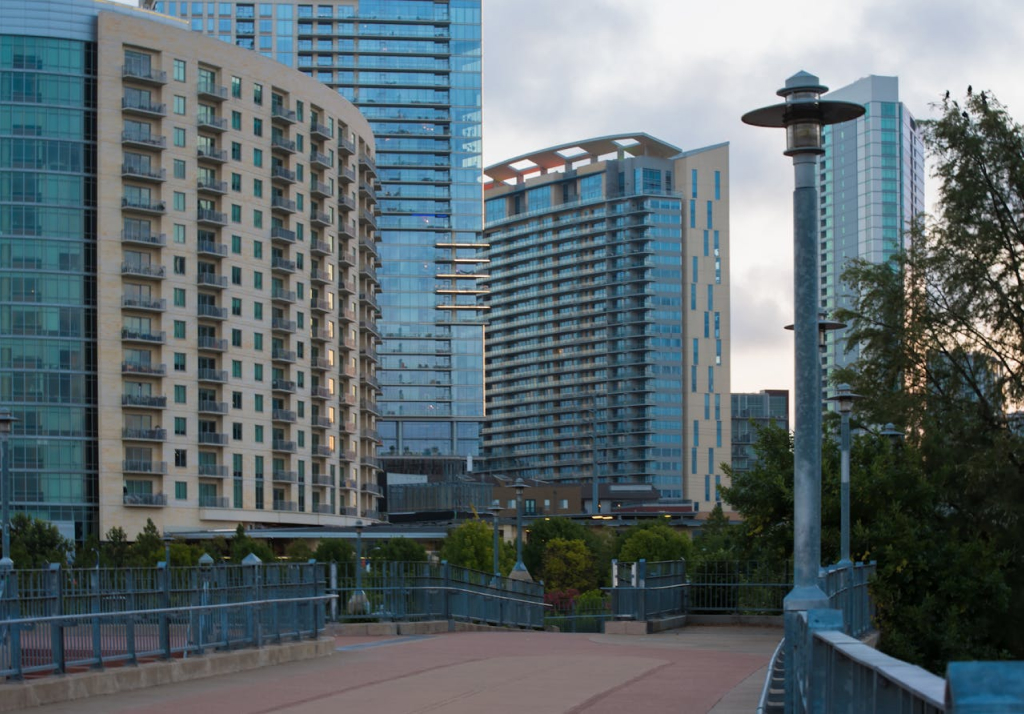
1. Hire Reliable Moving Service
When planning your Austin, TX, move, one of the things that will require your immediate attention is the search for professional moving companies in Austin.
Be sure to find one that provides extensive services, preferably has good feedback regarding services, and is reasonably priced. Ensure that the company is insured and has a license to transport your property well if you are, for instance, from another state.
2. Prepare for the Texas Heat

Austin’s climate is generally warm throughout the year, and the height of summer is even quite scorching, with temperatures above 100 degrees Fahrenheit (37 Celsius).
It is necessary to put on loose clothes, always have water to drink, and try to organize a move during the hot weather; it is better to do it during winter. If your move is unavoidable, schedule it during the early morning or late afternoon when the heat is less intense.
3. Know the Cost of Living
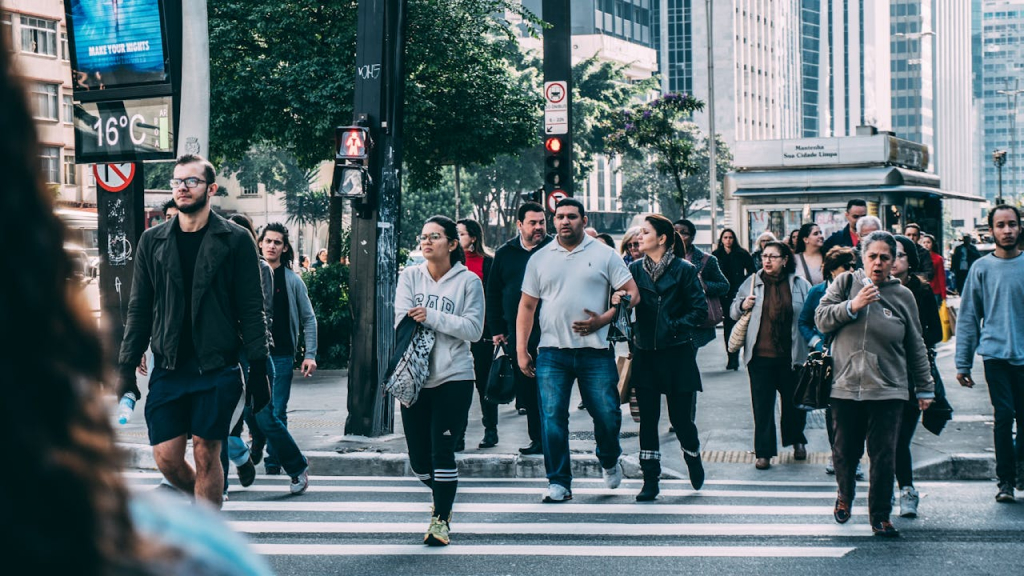
Yes, Austin is cheaper than big and prospective cities like San Francisco or New York; however, the issue is that the price increases each year as more and more people want to live in Austin.
Housing is one of the most significant expenses people experience, so if you choose the wrong area, you may find yourself paying through the nose for rent, utilities, and more.
4. Address Utilities Early

Remember to get your utilities before you move into that new home. Austin Energy and Austin Water service most of the city.
Internet and cable services are also essential, so don’t leave them out at the last minute. If you plan this, you can avoid one reason for being delayed while finding a new home.
5. Understanding the Specific Local Traffic and the Transport Means
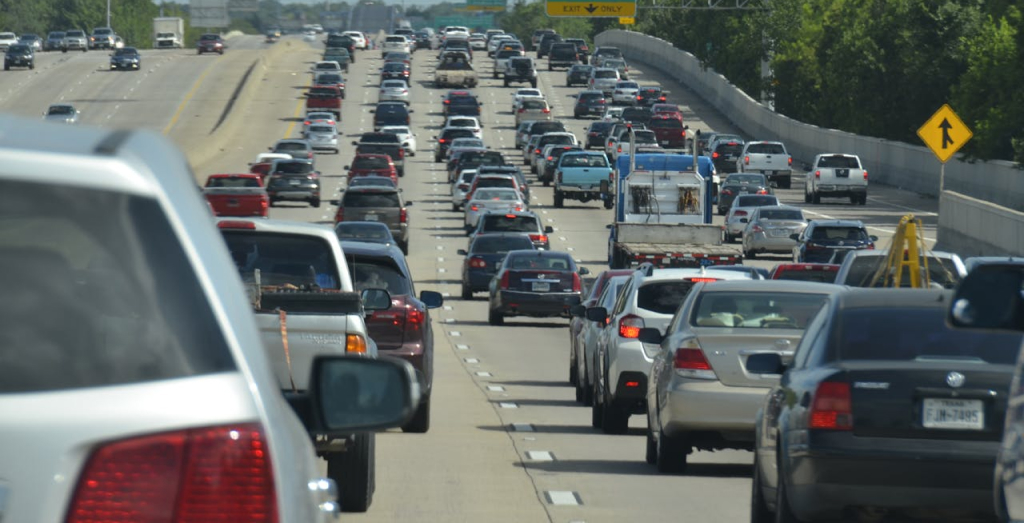
While Austin remains an auto-centric city, navigating through the city remains cumbersome, especially during rush hour.
If you are going to be driving, try to become acquainted with freeways such as I-35 and Loop 1, also known as Mopac Expressway.
Austin also has public transport, specifically buses on the Capitol Metro system and MetroRail in some suburbs. Cycling is also an option for short trips since the city’s cycling infrastructure is increasingly being developed.
Best Neighborhoods to Live in Austin
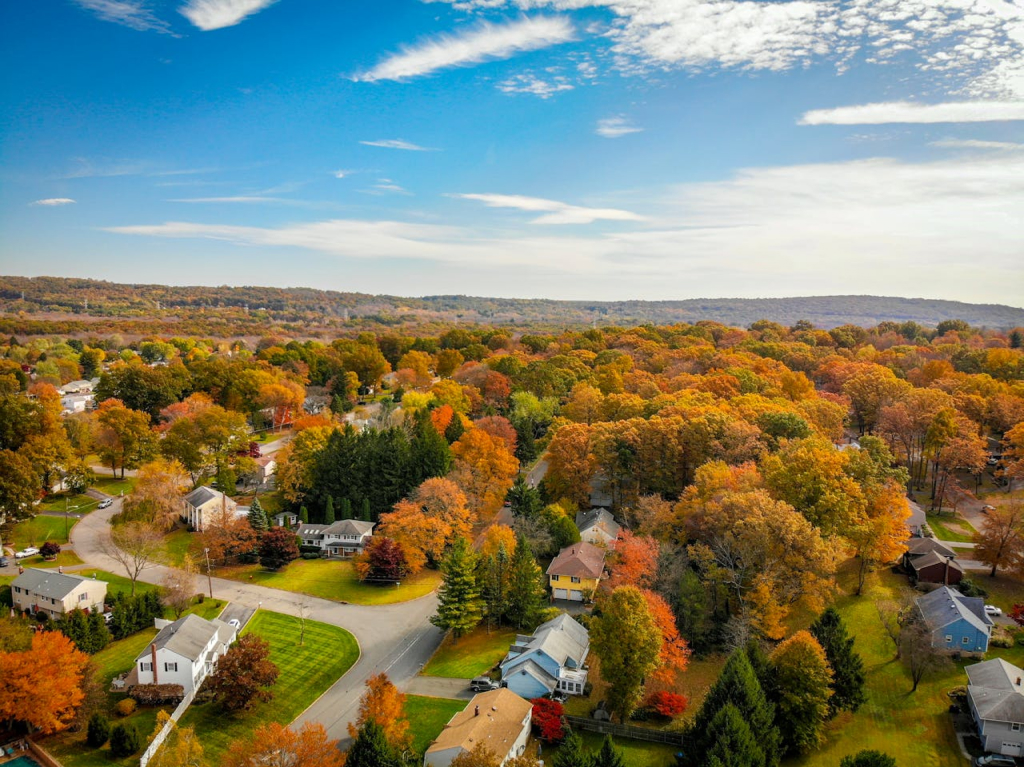
Selecting the right neighborhood is the key to happy living in Texas, particularly in North Austin. Depending on your lifestyle and budget, here are some of the best areas to consider:
Hyde Park suits you if you like the historical touch and a more relaxed and friendly neighborhood. One of Austin’s oldest neighborhoods, Hyde Park is known for its beautiful tree-lined streets filled with bungalows and Victorian-style houses.
The neighborhood is central and residential but still near downtown Austin and the University of Texas. It is satisfactory for first-time employees, parents, and learners seeking commercial accessibility and quiet living.
Brentwood is a lively, centrally based community that continues to attract and retain many different types of residents and home buyers, including families and young working professionals. Residents often shop locally and enjoy their immediate surroundings, whether parks, local coffee shops, or an upcoming neighborhood event.
The houses in this area are mainly typical mid-century ranch-style courtyards, clusters, and newer models. It is also just a few minutes from most of the best restaurants and other attractions in Austin, which enhances the location’s desirability while still giving residents the neighborhood feel they want.
Like the Brentwood neighborhood, Crestview is a well-renowned residential area with a close-knit community. It is a small community with traditional grocery stores, cafes, parks, and other necessities, making it highly suitable for families.
Moreover, access to the major highways makes it easy to drive around the different parts of the city in search of work or to tour the city’s lively downtown area.
Allandale is a family-oriented and professional-oriented place to live, as it is a nicely developed suburb like most of the places in Austin. The area provides beautiful houses, excellent schools, and open fields.
It is less urbanized than some of the neighborhoods within the city center, but it is only a few miles away from the city center, where all the excitement of Austin is seen in terms of culture and cuisine. Buyers who prefer a relatively serene neighborhood not far from the urban setting are best suited for this location.
If people want a unique and creative setting, Cherrywood might be the best location for them. Located behind the University of Texas, this neighborhood has many artists, unique houses and studios, and excellent small bars and cafes.
Some of the reasons that make it popular include the fact that it is residential and more relaxed than other areas. Cherrywood is conveniently located near downtown, which allows people who stay here to get where they need quickly. Moreover, the atmosphere in this neighborhood is active and people-oriented.
Wrap Up
Relocating to Austin, TX, can be a great experience on many levels, but it also comes with a particular set of problems.
From defining the local culture to selecting the right neighborhood or trustworthy moving service providers in Austin, many aspects must be considered during decision-making.
If you’re ready to start your journey, contact a local realtor who can help you make things easier. Book an appointment with our team today, and let us help you realize your dream home in the Lone Star State! You may reach us by calling 512-779-6745 or sending a message to joeschleis@realtyaustin.com.
Frequently Asked Questions
Is Austin an expensive city to live in?
Austin’s cost of living has increased in the last few years, primarily due to housing expenses. Although it is cheaper than Los Angeles or New York, parts like downtown can be costly. However, compared to the city center, some areas have relatively low prices, and the rates for utilities and groceries are still moderate.
What’s the best way to commute in Austin?
Austin is an urbanized city, but most citizens still use private cars since the public means of transport available include the Capital Metro bus system and MetroRail.
Traffic is usually chaotic, particularly in the morning and evening, so most people prefer cycling or public transport.

